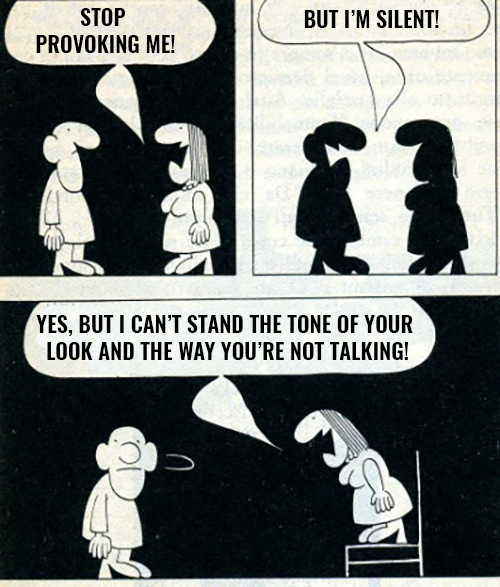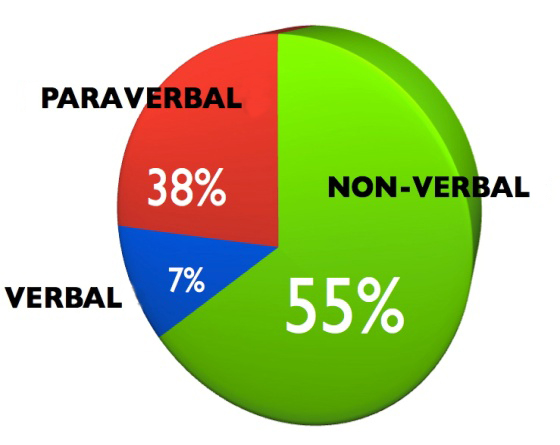Do we really communicate or simply talk?
Goal

|
Effective communication allows us to work better and to get in touch with our players |
 There is no such thing as a moment during practice, a match or anytime in which we do not communicate. Watzlawick, in his first axiom, states that “YOU CANNOT NOT COMMUNICATE”. When we talk, when we move around the pitch, when we get away from our players, when we choose what to wear, when we shake our head o we gesture outside the field we are communicating something, even if it's not always a conscious choice.
There is no such thing as a moment during practice, a match or anytime in which we do not communicate. Watzlawick, in his first axiom, states that “YOU CANNOT NOT COMMUNICATE”. When we talk, when we move around the pitch, when we get away from our players, when we choose what to wear, when we shake our head o we gesture outside the field we are communicating something, even if it's not always a conscious choice. If we want to deliver our players constructive messages or if we need our interlocutor to understand the real meaning of what we are saying, it is better to make our communication conscious and intentional.
For this reason I chose to talk about this topic. An effective communication allows us to work better and to get in touch with our players while we're training them.
Communication is a circular process
What is communication? First and foremost it is a circular process: I send a message through a verbal/non-verbal channel, you receive it and answer it. At this point the circularity can keep on going or stop based on how clear the message was and what the intentions were.

We often confuse communication with information: we talk a lot, expressing various ideas, we use whiteboards, cones, markers to explain what we are talking about, but we forget to verify through feedback if our message has been received and understood.
Even staff meetings can become a flood of words that forgets an important piece of the story: the point of view of the real protagonists, our players. Sometimes a misunderstanding leads to a poorly executed exercise (it's not always players fault), other times the consequences are more serious, such as frustration and lack of motivation. Think about it: how would you feel if the person in front of you never asked you what do you think?
Good communication starts from mutual knowledge
Do you know your players' background, their personality, their experiences inside and outside the field? If you want to be more effective at communicating, you need to tune to them, their language and their world.
 Communication is mostly non-verbal
Communication is mostly non-verbalWhen we are communicating, most part of our message is conveyed non-verbally. Non-verbal communication includes body language, paraverbal (tone, volume...) and proxemics (the distance between you and your interlocutors). If what we say is always intentional, non-verbal behaviour (a key in communication) is often automatic and unconscious. We need to be aware of our non-verbal behaviour in order to avoid communicating wrong messages and bad feelings that can damage our relationships.
Do not cause damage!
A coach's first goal should be to not cause damages to kids! Sometimes coaches contribute to create negative feelings, and this happens because of bad communication that creates anxiety, boredom, low self-esteem, awkwardness in the group...
Coaches should not cause harm and should rather teach soccer: that's the goal!
Meanwhile, you should think about these questions: “Do I really communicate with my players? What do I know about them? How well do I know them? Am I causing harm?”.
































































